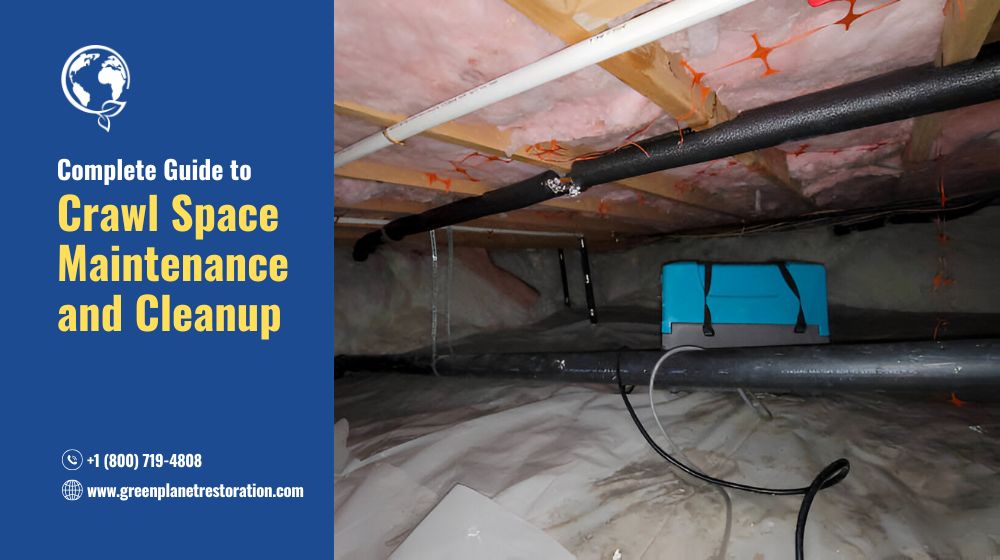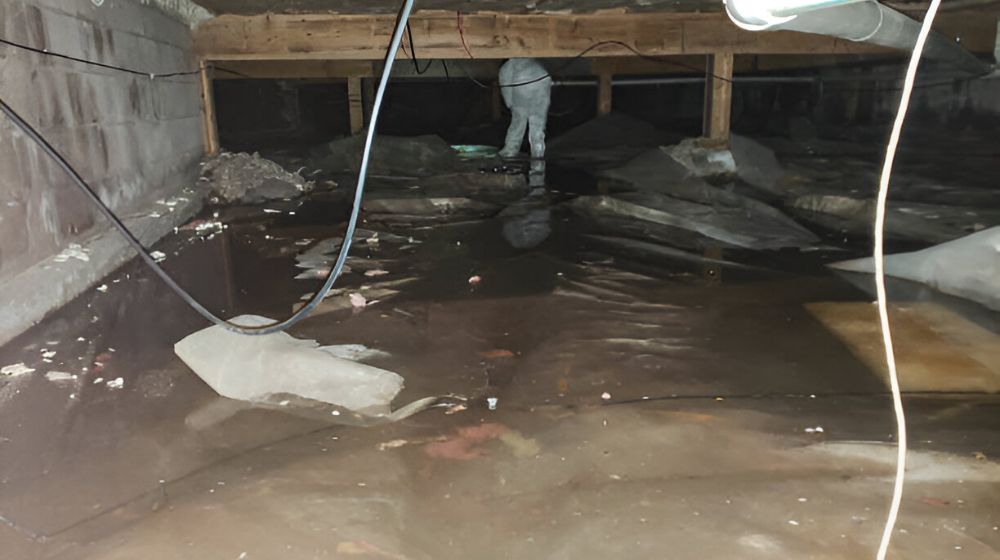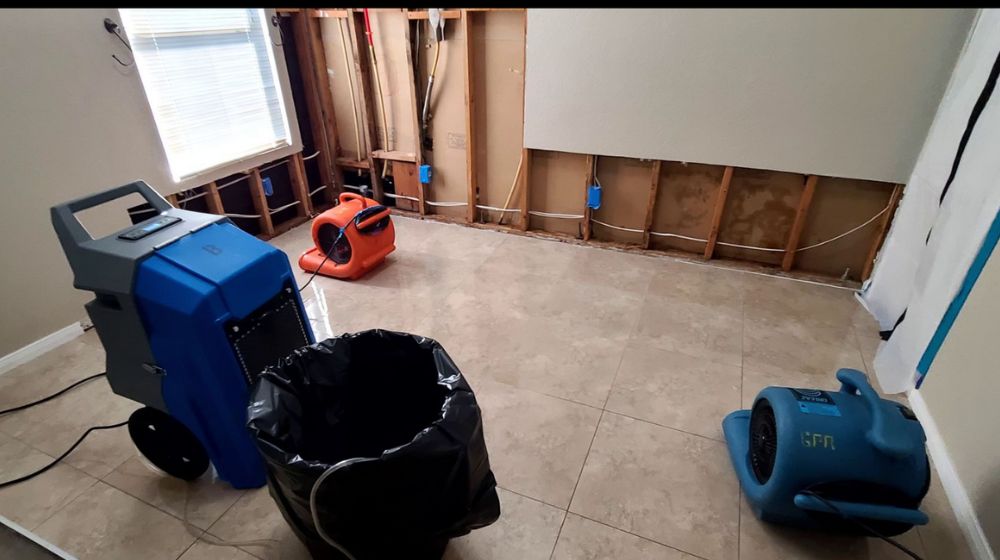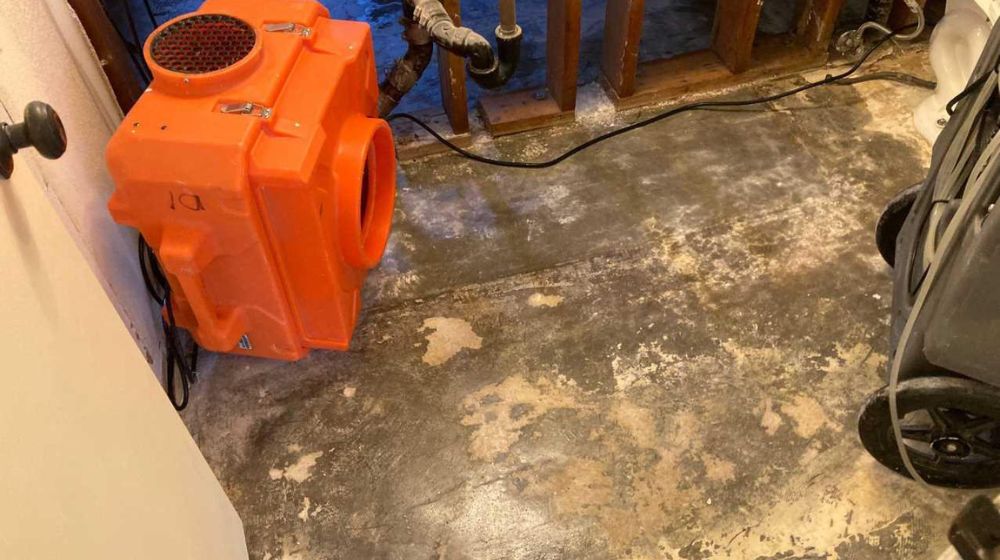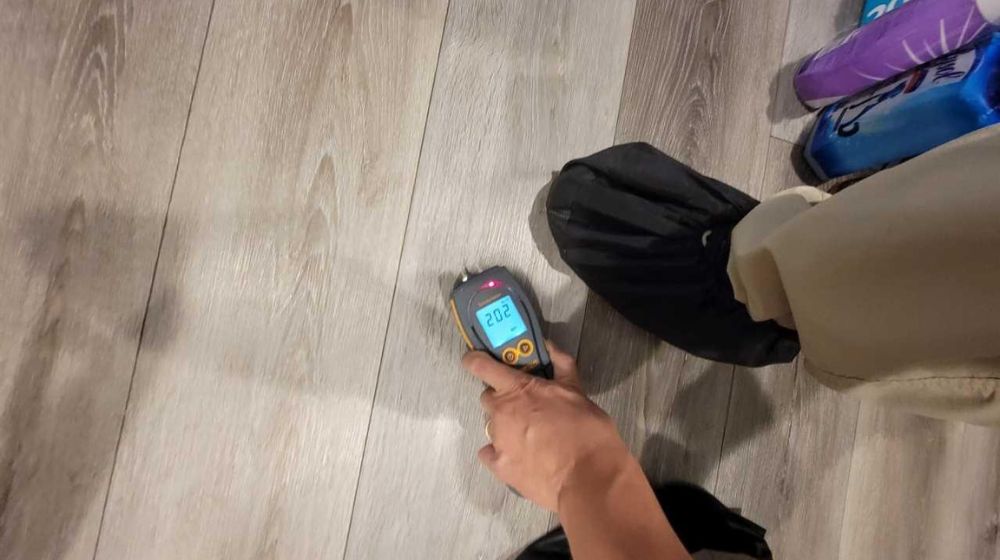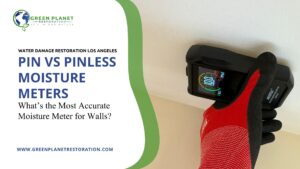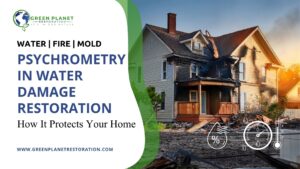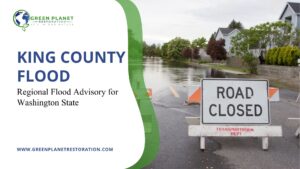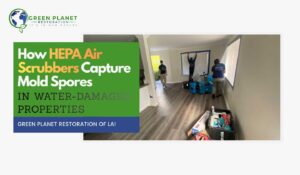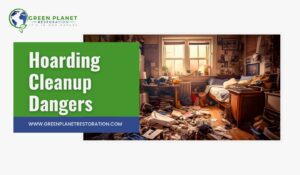Are you aware of the health risks of mold growing underneath your home? When was the last time you cleaned up the crawl space? Some believe that investing in crawl space maintenance and cleanup is a waste of money. However, that is not the case. They are unaware of the health risks, energy loss, and structural damages due to sewage backups, flooding, and pipe leaks.
In this blog post, we will guide you on keeping your crawl space dry, safe, and clean.
Why is the crawl space maintenance and cleanup important?
Crawl spaces in Southern California are often exposed to coastal moisture, soil gas, and seismic activity. Earthquakes and minor ground shifts can weaken foundations and open gaps where moisture and soil gases enter. Without proper maintenance, this combination increases the risk of mold growth, wood rot, and uneven floors.
Humidity levels fluctuate throughout the year in areas near the coast or with clay-rich soil. Without regular inspection, you might miss early signs of water intrusion, insulation collapse, or pest activity. All of this can affect your home’s air quality and structure.
Signs Your Crawl Space Needs Attention
If your crawl space has serious issues, you will notice some early signs, such as a musty smell inside your home, a soft or uneven floor, or bubbling in drywall. You also need to focus on some of the following alarming situations:
- Visible mold on floor joists or insulation
- Higher energy bills due to poor insulation
- Rust on HVAC ducts or pipes
- Increased allergy symptoms at your home
- Water pooling or damp soil
When you ignore these signs, you will have to face costly structure repairs and health-related issues.
The Process of Proper Crawl Space Cleaning
Crawl space cleaning is not the same as cleaning out debris. In this process, professionals inspect the area multiple times, sanitize, and repair it. A professional team normally follows this process:
1. Inspection
The space is examined for water damage, insulation failure, pest droppings, and signs of microbial growth. Experts also test moisture levels and air quality.
2. Removal of Contaminants
Debris, moldy insulation, pest waste, and contaminated vapor barriers are safely removed. This step helps stop allergens and bacteria from spreading into your living areas.
3. Drying the Space
Moisture control is an important part of the crawl space maintenance guide. An LGR dehumidifier is used here. It pulls moisture from the air more effectively than standard units. This prevents mold regrowth and wood decay.
4. Sanitization
Once the space is clean and dry, technicians may apply professional-grade sanitizing solutions or fogging treatments designed to remove remaining bacteria, mold spores, and allergens. This step promises that only approved, effective products are used for long-term safety.
5. Repairs and Sealing
Cracks in the foundation, torn vapor barriers, or gaps in insulation are fixed to block outside moisture and pests from entering again.
If You Already Have Water in Your Crawl Space, It Will Need to Be Extracted
Now that you have assessed the crawl space, it is important to address any existing water issues promptly to prevent further damage and assure a successful removal process. Professional water extraction equipment may be necessary to remove standing water and prevent mold growth.
It begins with a loss assessment to evaluate damage and advise on emergency measures, clarifying insurance coverage distinctions between faulty plumbing and flood damage. This is followed by draining excess water using specialized equipment, removing damaged building materials, and employing drying and dehumidification techniques to prevent mold.
Cleaning and sanitization are customized to the water damage category (white, grey, or black water) due to varying contaminants. Mold treatment involves disinfecting moisture-exposed areas, and the final phase is restoration and remodeling to return the property to its pre-damage condition.
Why Can You Not Handle It Alone?
You may be thinking of cleaning it by yourself to save money, but it is not always safe. You can be exposed to mold spores, rodent droppings, or structural hazards like sagging joists. Most crawl spaces are tight, dark, and hard to access without specialized equipment.
Professionals use moisture meters, air scrubbers, and proper PPE to handle toxic or hazardous materials. They also know how to identify issues like black mold or wood rot before they spread further.
What is the Best Schedule for Maintaining a Crawl Space?
For most Southern California homes, a professional inspection once a year is sufficient. However, if your property is near the coast, in a flood zone, or has a history of pests or moisture problems, a semi-annual schedule (every 6 months) is recommended for added protection.
Seasonal weather changes in Southern California, like heavy winter rains or hot and humid summers, can affect the moisture levels in your crawl space. During winter, rainwater can seep into the soil around your foundation. If your crawl space is not properly secured or drained, this excess moisture can accumulate under your home, leading to mold, wood rot, or pest problems.
So, it is important to check moisture levels during these seasonal shifts.
Conclusion
If you need to remove mold or just want a regular crawl space cleaning service, contact Green Planet Restoration in Southern California. Our team handles crawl space water extraction and cleanup in Southern California using advanced tools like HEPA vacuums, LGR dehumidifiers, and non-toxic cleaning solutions.
We know what to look for, how to fix it, and how to keep your home protected for the long term. To protect your home from the ground up, request your crawl space maintenance with us today.
_____________________
Related Posts
Complete Guide to Crawl Space Maintenance and Cleanup
24 Hour Plumbing Emergency Guide
How LGR Dehumidifiers Prevent Secondary Damage
How Moisture Meters Prevent Mold Growth
Leaking Ice Makers: Why They Happen and How to Prevent Them
How To Handle Flood Damage in Southern California
Should I File an Insurance Claim for Water Damage?
8 Common Causes of Household Water Leaks and Water Damage
Psychrometry in Water Damage Restoration: How It Protects Your Home
Pin vs Pinless Moisture Meters: What’s the Most Accurate Moisture Meter for Walls?

